New World Horizons
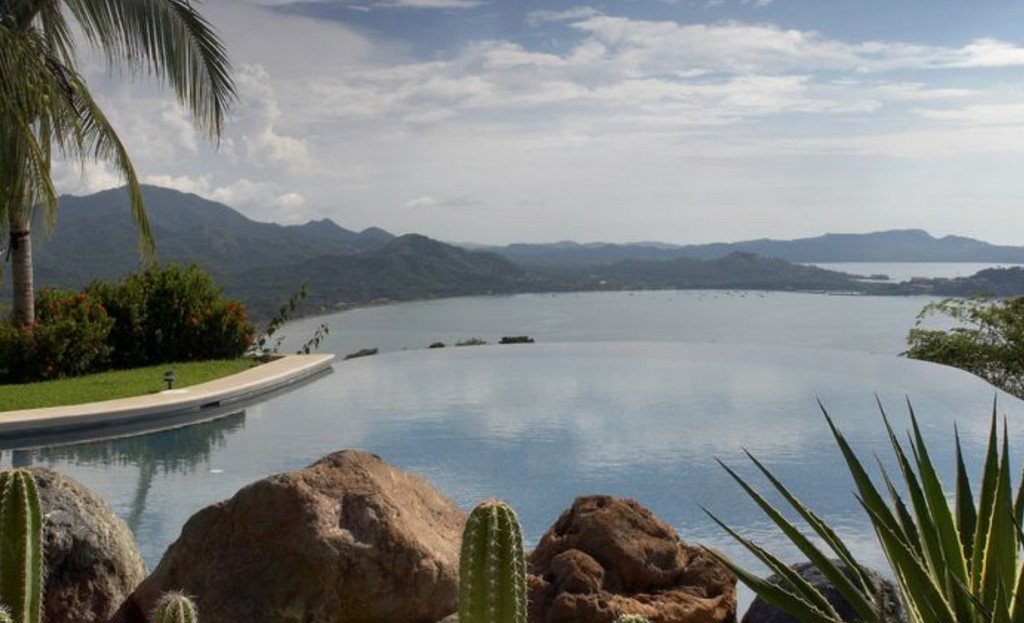
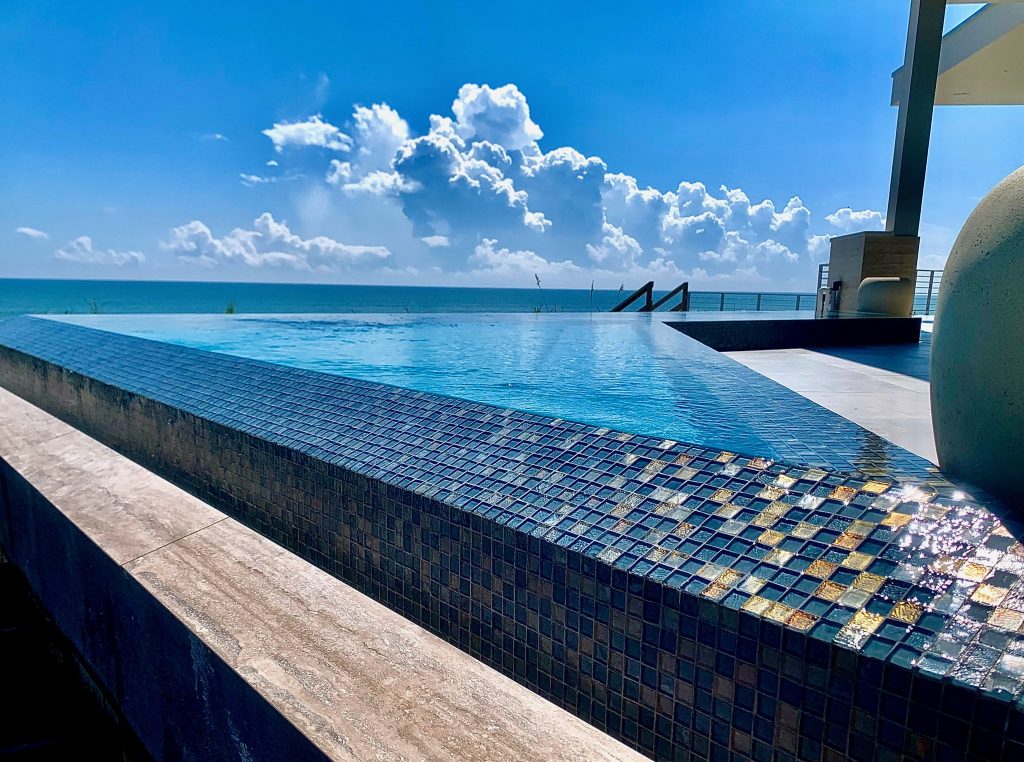
For Joan Roca, coming to America from Central America was the result of professional evolution and a process of personal growth, all of which led him to a new home in Florida, and a much bigger and more demanding watershape market. As a watershape designer, he explains, the U.S. offered the best opportunity to pursue his highest creative ambitions.
By Joan Roca
Immigrating to America is not easy. It involves a lengthy and challenging process, comes with high expectations, and the risk of failure as you seek your place in one of the world’s most competitive economies.
Coming from Spain and Central America, the U.S. was always like a shining mansion on the hill, a place I’ve long strived to be part of. In many ways, the experience has, so far, lived up to my hopes; but, in some other ways, it has also fallen short. The journey itself has been an education in professional growth and personal adaptation. It has also been one that has involved other people who have influenced and helped me, and in some cases, changed my life.
I am very grateful for the opportunities I’m finding in the U.S., and equally appreciative of the experiences and relationships that have led me here.
SPAIN TO CENTRAL AMERICA
To say it was a long journey is an understatement. I started working in swimming pools in June of 1975 in the family business. My dad started out building pools in Barcelona, Spain, where I was born. He relocated our family to Costa Rica, where he became one of the country’s most successful pool builders. I started working with my dad at age 17, and have been in the business ever since.
Of course, much has changed over the decades and my journey within the industry has been, in many ways, the story of my life. I grew up building pools, it’s in my blood. I’ve learned that it’s the kind of profession where every situation is different; and, you can spend a lifetime educating yourself and never run out of new challenges and new ideas. It is a pursuit that brings out your creativity and requires constant patience and problem solving – a perfect place for someone with a restless spirit and a thirst for knowledge.
I worked with my dad for 15 years, doing every thing imaginable in pool construction: from the most grueling physical labor, to project management, to sales, and everything between. Compared to many installations we see today, his work was very simplistic. He built mostly basic rectangular pools with one pump, one filter, one light and white plaster. There was very little in the way of modern technology involved.

His basic approach was by design. Because we were working in a developing nation where material, equipment and labor were hard to come by, it made sense from a business standpoint to keep everything as simple as possible. Still, even in that mode, we were putting bodies of water in beautiful settings, and we were doing everything we could to deliver a quality product to our customers. To this day, I still believe that simple pools can be beautiful and should always be well built.
As time went by, I wanted to do more with emerging technology and design. I could see a world of greater possibilities far beyond the realm of simple backyard pools. I attended my first international pool show in 1982 in Dallas, TX, and was amazed by the industry with all the products and amazing modern designs.
From that point on, I knew I wanted to be a part of this bigger and more sophisticated world. I started going to the show every year and the Florida show, as well. I attended countless seminars, explored every product on display and met many people, some who are friends to this day.
ON MY OWN
That was all part of why I started my own business in 1990. I wanted to apply what I was learning from the industry in the United States to the market in Central America. In many ways, it felt like I was existing between two worlds. I was amazed by the information and technology in the U.S. market, but at the same time, often dismayed by the lack of understanding back home in Costa Rica.
It was frustrating because so many people had no idea about the value of proper construction and the importance of technological innovations. It was like speaking a different language — a constant battle, trying to convince people to spend the money on elevating their projects.
Even in the higher end of the market, with educated and well-traveled clientele, there were so many people who did not want to spend extra money because they were stuck in the mentality that a pool is just a hole in the ground filled with water.
Still, even though I faced those kinds of market headwinds, I was able to forge a new path. Over time, I was able to take on projects that had custom designs with better materials. Word of mouth referrals from satisfied customers led to steady growth in projects for mostly affluent clients in beautiful settings. Naturally, as people experience beautiful pools on vacation or in other people’s homes, they want the same thing for themselves and I was there to provide them with something no one else had.
My company was uniquely positioned for that expansive role. We had the experience and ability to deliver on a level that was beyond most of our competitors, which were very few and far between. Because we were always trying to do something different — to create works of art — we were able to carve out a niche in Costa Rica, Panama, Nicaragua and the Caribbean.
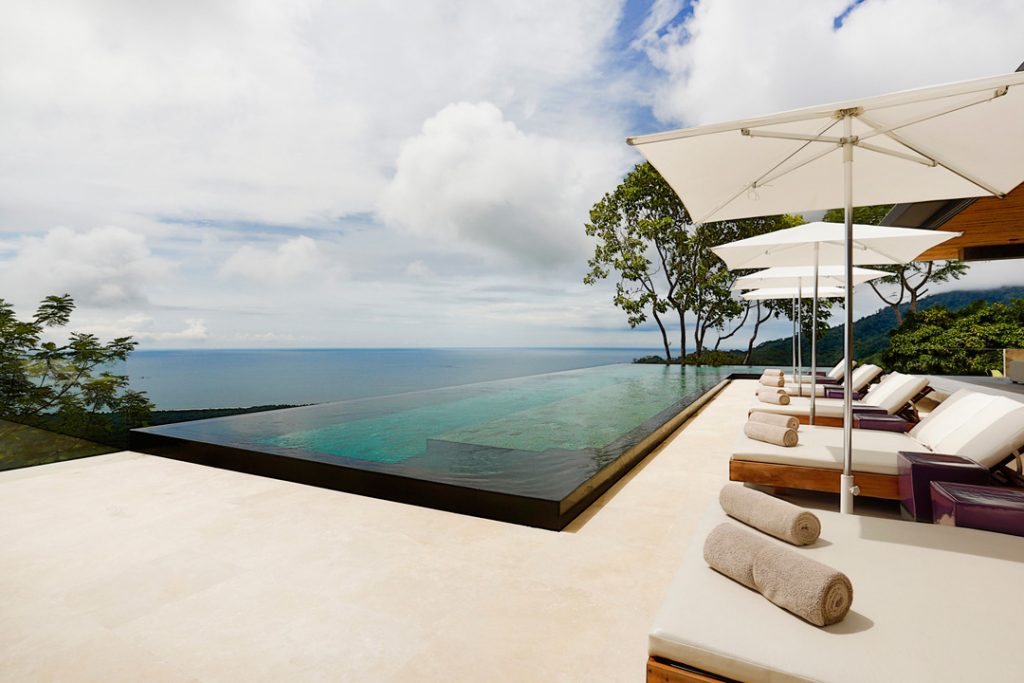
Because we were often working in remote locations in developing countries with limited resources, the construction process was always challenging. For example, there were no shotcrete crews in Costa Rica, so we built pools using CMUs or they were poured in place. Importing materials and equipment was an ongoing challenge and we became very resourceful in finding what we needed to complete projects. I learned the value of ordering the correct equipment the first time, because, if you made a mistake and ordered the wrong component, it could take months to replace it.
There were no concrete batch plants, or supply warehouses. The same was true of skilled labor. It was very difficult to find the right people to do the work. There were plumbers, but not necessarily plumbers who worked on pools, same with electricians and masons.
The bottom line is that everything is just more difficult and slower in the markets I was working.
ANOTHER STEP HIGHER
In 1999, my change in perspective increased dramatically. It started when I attended the International Pool & Spa Expo in New Orleans where I met legendary designer/builder David Tisherman. It would turn out to be an encounter that would alter the course of my career.
At the time, Tisherman was in the process of starting Genesis 3 with co-founders Skip Phillips and Brian Van Bower. The three of them were fed up with the lack of education and design expertise within the traditional pool and spa industry, and had decided to do something about it.
When I met David, he was teaching a basic one-hour seminar on perspective drawing. I had never heard anyone approach swimming pool design using a truly artistic and architectural method. I fell in love with everything he had to say. He wasn’t just teaching drawing, but opening up an entirely new way of thinking about design.
When I came back home, I had a meeting with a prospective customer and did a quick sketch using the two-point perspective Tisherman had showed the class. The customer was impressed and we signed a contract that day. It was amazing how just that small bit of knowledge changed the way I worked with clients and approached the design process.
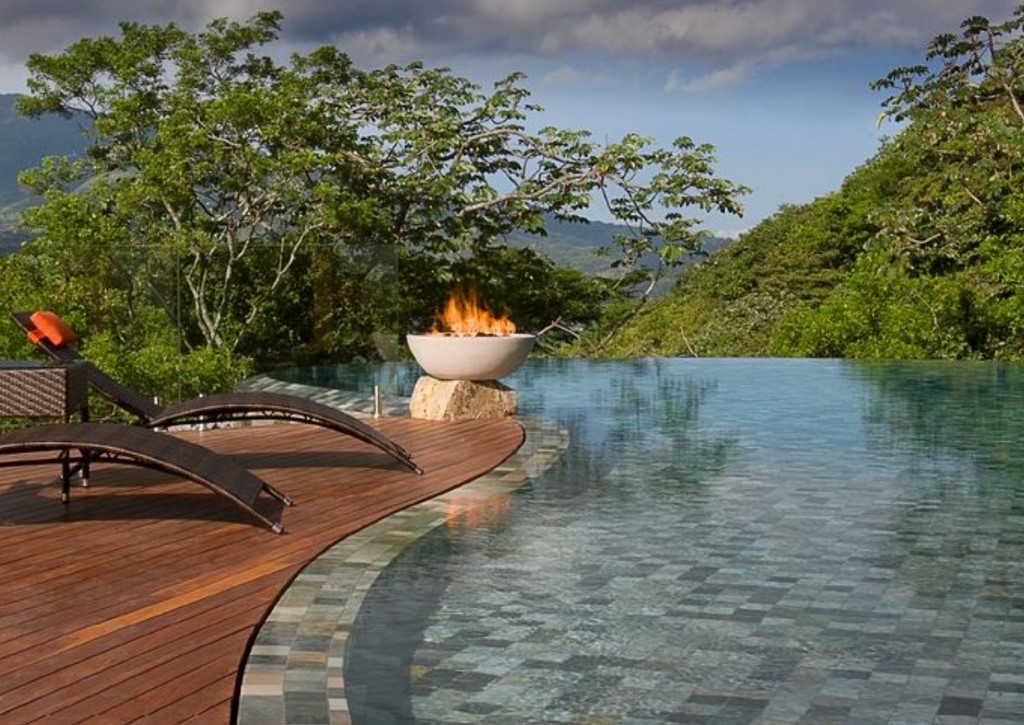
It wasn’t long after that, Tisherman et al., started the first Genesis 3 schools in Moro Bay, Calif., where I, and like-minded professionals, attended classes in all aspects of design from drawing, to color theory to, to art history, to Feng Shui, and advanced construction. I was exposed to a world of design education and technical disciplines such as hydraulics and installation that had never been seen before in the industry.
All of a sudden, the world of pools and spas was elevated to the same level as landscape architecture and art. It’s fair to say that the educational journey I began nearly a quarter century ago has continued to this day; and, if anything, it’s only continued to gain momentum. I truly believe that I was part of a movement that forever altered and elevated what we now call the “watershaping” industry.
Since those days, I’ve pursued education in a variety of venues and have made it an important part of my business, always investing in my store of knowledge. I’ve traveled extensively in the U.S. and abroad, experienced many of the world’s great cities and historic places, and I’ve met countless people who have influenced me.
I re-established my company under a new name, Joan Roca Master Pool Design, to reflect my direction moving away from the rigors of construction to purely design consultation. Even though you always lose some existing market momentum when rebranding, I knew this would open doors to new markets and more prestigious custom projects.
Through it all, I’ve always had it in my mind that someday, I might come to America and try my hand in the most advanced market in the world.
WINDS OF FATE
Ironically, it was the pandemic that ultimately motivated me to make the move. I had relocated from Costa Rica to Panama when COVID hit. The country closed down completely, prompting me to return to my farm in Costa Rica to ride out the crisis. During that time, I started seeing how the industry in the U.S. was exploding.
One of my closest friends in the U.S., pool-surface master Jon Temple, owner of Tempool Pools in Jacksonville, FL., was pivotal in my decision. For years he would joke with me saying, “You know why we don’t build million-dollar pools in Jacksonville? Because you’re not here to design them.” Through his encouragement and market insight, he has been a touchstone through the entire process.
It’s an interesting choice you have to make when you move to the U.S. There are so many places you can choose to go. I could’ve wound up in any of the major markets: California, Arizona, Nevada or Texas. But, because of my relationship with Temple and others in the Florida market, I chose the Sunshine State. I’ve always enjoyed the culture and lifestyle, and the climate isn’t all that different than from Central America.
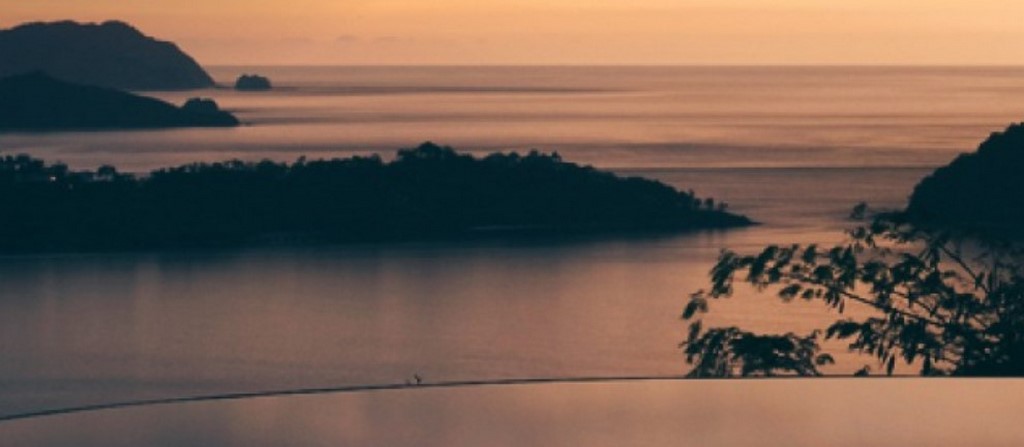
Most of all, I knew the Florida market was full of opportunity. It’s a place where the outdoor lifestyle is pursued and celebrated at every turn and there would be lots of waterfront projects where I could fuse my designs with the surrounding natural beauty. For lots of reasons, Florida simply made the most sense at that time; and now, three years into my sojourn here, it still does.
The immigration process was complex and took many months of red tape and expense. I worked with an immigration attorney to secure a visa for people with special talents in the arts or science. Because I had traveled extensively in the U.S. and have many friends and associates here, the move was not a culture shock, per se, but it was an intense process.
As I suspected, it’s been like graduating to the big leagues. There is more work, the clients are, generally speaking, more sophisticated with greater resources. Materials and equipment are more readily available – even though during the pandemic there were lots of supply chain and pricing issues. It’s like everything here is supercharged compared to the small countries I was used to. It’s more intense and faster paced.
FAMILIAR CHALLENGES
For all of the positive change migrating to the U.S. has contributed to my career and personal life, it’s worth pointing out that some things never change.
Not unlike the pushback on value and price that defined much of my experience in Central America, the same issue exists in Florida. There are many consumers who do not value quality design and construction. In fact, I’ve been both disappointed and amazed by the low values and expectations I find with many potential customers, even among those with high incomes and personal wealth.
As I’ve encountered those attitudes, it makes me think back to my early days attending trade shows where it was common to hear people in the industry complain about the lack of education and how the industry had a bad reputation. I see this still in the reluctance to pay for design, which for some companies and consumers alike is still essentially a sales tool.
It’s true I have also experienced great success and am busier now than I’ve ever been, so I don’t want to complain too much. But, even now in 2023, in the post-pandemic era, our industry still faces many of the same issues that have plagued it for the past 50 years. Collectively, we still have a long way to go. To my mind, creating an industry that is valued for quality and creativity is border we have yet to fully cross.










